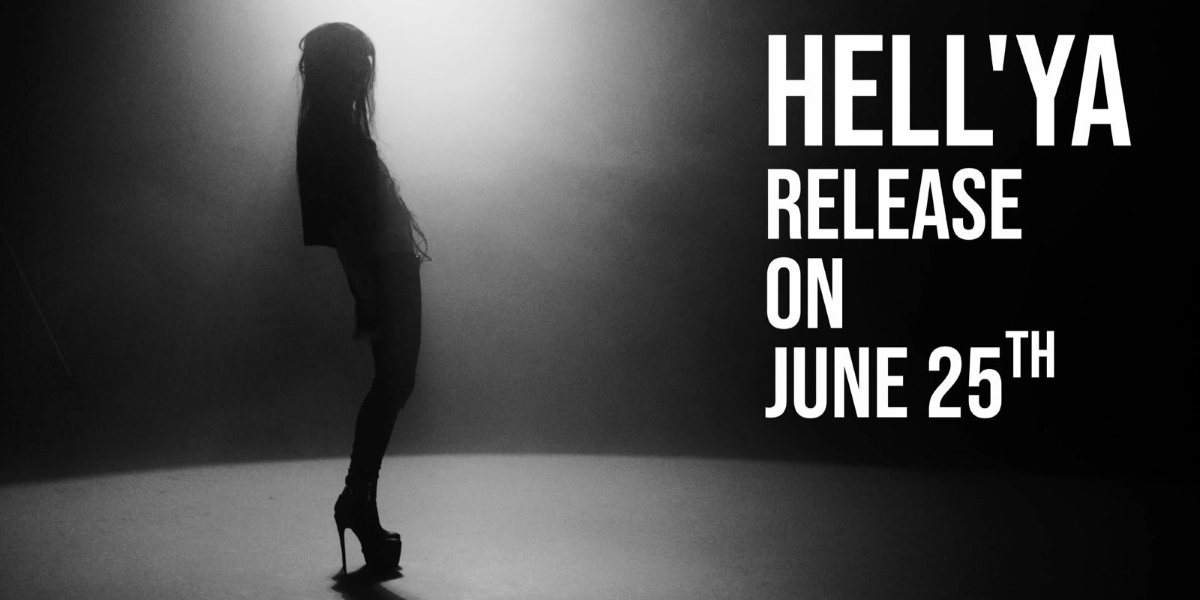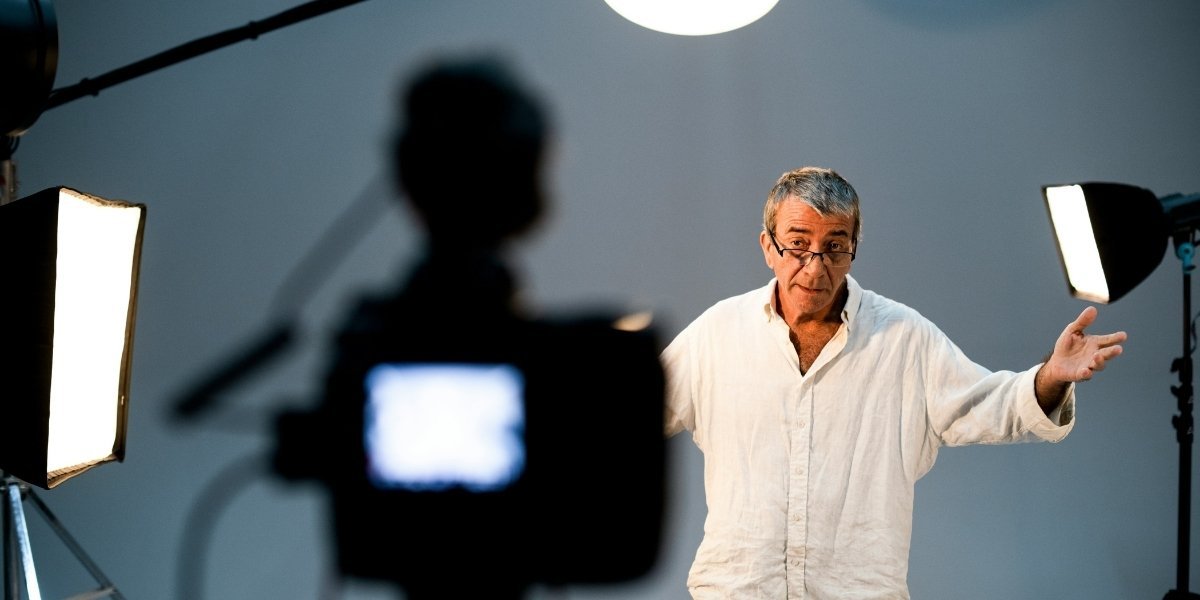In movie production, sound design and music play a crucial role in bringing the story to life. They evoke emotions, create atmosphere, and amplify the visual experience. While most people focus on the actors’ performances, the script, and the cinematography, sound and music are often the unsung heroes that contribute significantly to a film’s success. From the hum of background noise to the soaring melodies that underscore pivotal moments, sound design and music are integral elements in shaping the audience’s experience.
Read Also: How Live Orchestras Elevate Performances: The Magic of Sonic Synergy
What Is Sound Design in Film?
Sound design in film refers to the process of creating, recording, and manipulating sounds to enhance the visual and emotional experience of a movie. It involves not only the dialogue and sound effects that are directly tied to the action but also the creation of ambient sounds that set the mood and tone of a scene.
Sound designers are responsible for ensuring that every sound, whether it’s a subtle background noise, a dramatic explosion, or the subtle rustling of leaves, complements the visuals and serves the narrative. The goal is to immerse the audience fully into the world of the film, making them feel as though they are part of the story.
Key Elements of Sound Design
Sound design is divided into several key components that work together to support the visual elements of a movie:
1. Dialogue
Dialogue is the most straightforward form of sound in a film, but it is also one of the most important. Ensuring clear and natural delivery, while also balancing the sound levels of background noise and music, is essential. Dialogue often requires post-production editing and mixing to ensure it sounds crisp and coherent.
2. Foley Sound
Foley sound is the reproduction of everyday sound effects that are added in post-production to enhance the realism of a film. This includes footsteps, the sound of clothes rustling, or the clink of objects. These sounds are carefully recreated in a studio by foley artists who mimic the movements seen on screen.
3. Sound Effects
Sound effects, or SFX, are created to complement specific actions or moments in a film. They can range from gunshots and explosions to the soft creak of a door. Some sound effects are recorded on location, while others are generated in post-production. Sound designers often use a wide range of materials to create realistic or exaggerated effects, from smashing objects to manipulating synthesized sounds.
4. Ambience
Ambient sounds are the subtle background noises that make the setting feel real and alive. These sounds include things like city traffic, wind blowing through trees, or the murmur of a crowd. Ambient sounds set the scene and influence the mood of a scene without drawing attention to themselves.
5. Silence
Silence is also a powerful tool in sound design. The absence of sound can create tension, highlight emotional moments, or amplify the impact of a sudden sound or musical cue. In moments of suspense or surprise, the deliberate use of silence can heighten the emotional intensity of the scene.
The Role of Music in Movie Production
Music in film is much more than a background element; it is an emotional guide that directs the audience’s feelings. A well-composed score or song can evoke tears, excitement, fear, or joy in a way that visuals alone cannot. Music has the ability to underscore a narrative and bring depth to a film’s emotional journey.
From sweeping orchestral arrangements to minimalist soundtracks, music is tailored to fit the tone of each movie. The collaboration between directors, composers, and music supervisors is essential in ensuring that the music complements the film’s themes and atmosphere.
Key Components of Film Music
Film music is carefully composed and synchronized to the visuals to ensure it matches the rhythm, emotional beats, and pacing of the movie.
1. Score
The score of a movie refers to the original music written specifically for the film. Composers create these scores to complement the narrative, guiding the emotional journey of the audience. Iconic examples of film scores include John Williams’ compositions for Star Wars and Hans Zimmer’s score for Inception. The score can range from sweeping orchestral pieces to more subtle, electronic soundtracks, depending on the tone of the film.
2. Soundtrack
The soundtrack includes all of the songs used in the film, whether original or pre-existing. A soundtrack can include pop songs, classical pieces, or songs specifically written for the film. Notable soundtracks include Guardians of the Galaxy, which featured retro rock songs, and The Great Gatsby, which included modern renditions of 1920s jazz.
3. Leitmotif
A leitmotif is a recurring musical theme associated with a particular character, idea, or location in a film. This technique helps to reinforce the narrative and provide emotional depth. A famous example is the Jaws theme by John Williams, which creates an atmosphere of impending danger whenever the shark is nearby.
4. Synchronization
In many films, the music is synchronized with the actions on the screen to create a harmonious effect. This synchronization helps to enhance the drama of a scene. A good example of this is the musical cue that builds during a chase sequence or the swells of music that accompany a romantic moment.
The Importance of Collaboration Between Sound Designers and Composers
While sound design and music serve different purposes, they often work hand-in-hand to create a cohesive auditory experience. Sound designers and composers must collaborate closely to ensure that the soundscape is both immersive and emotionally engaging. The integration of both elements must be seamless so that neither overwhelms the other.
Directors play a crucial role in guiding the overall sound vision for a film. They work with both sound designers and composers to develop a sound profile that matches the film’s visual style, pacing, and emotional content.
The Evolution of Sound Design and Music in Film
With advancements in technology, sound design and music in film have evolved significantly over the years. Modern digital tools allow for more intricate sound manipulation, while software synthesizers have opened up new possibilities for composers. In the past, filmmakers had to rely on analog equipment and physical instruments, but today, digital audio workstations and virtual instruments provide endless possibilities for creating immersive soundscapes and intricate musical scores.
Read Also: The Power of Children’s Choirs: More Than Just Music
The Power of Sound in Filmmaking
The art of sound design and music in movie production is an intricate and essential part of filmmaking. Together, sound and music work to elevate the visuals, enhance the emotional experience, and provide a deeper connection between the audience and the film. Whether it’s through the subtle layering of sound effects or the sweeping emotion of a musical score, the sound elements of a film have the power to leave a lasting impact.








